Sale 2563 - Lot 209
Additional Images
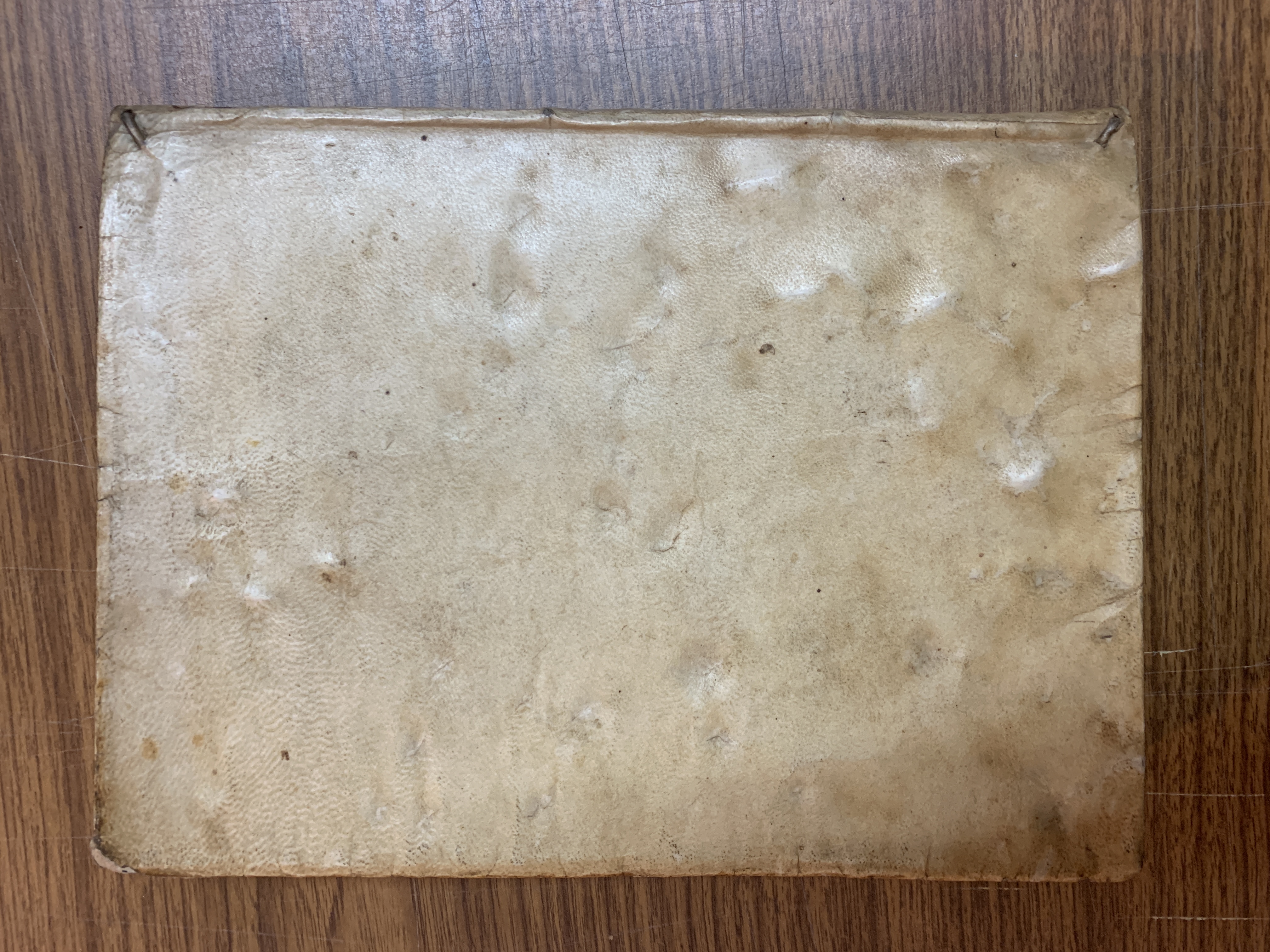
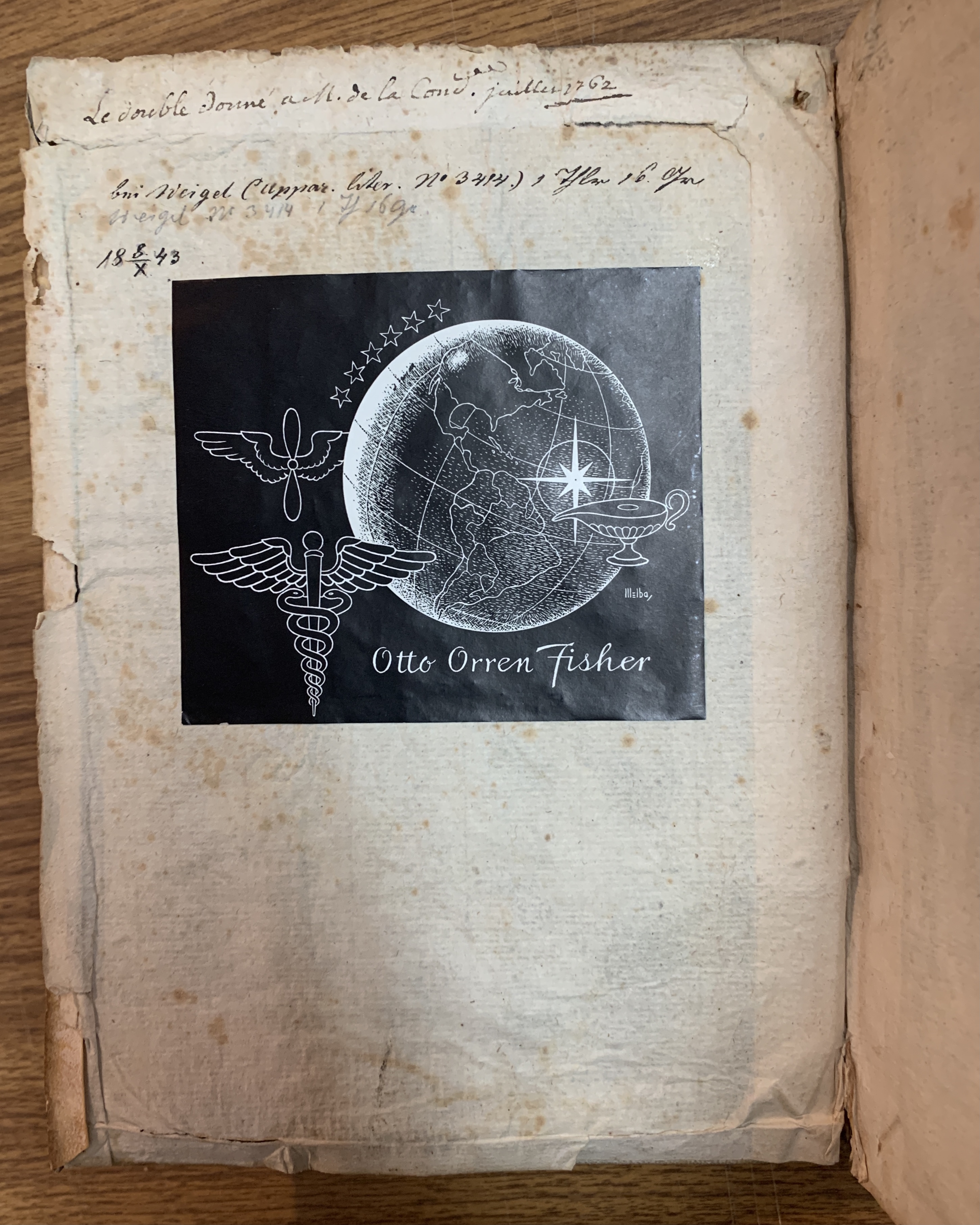
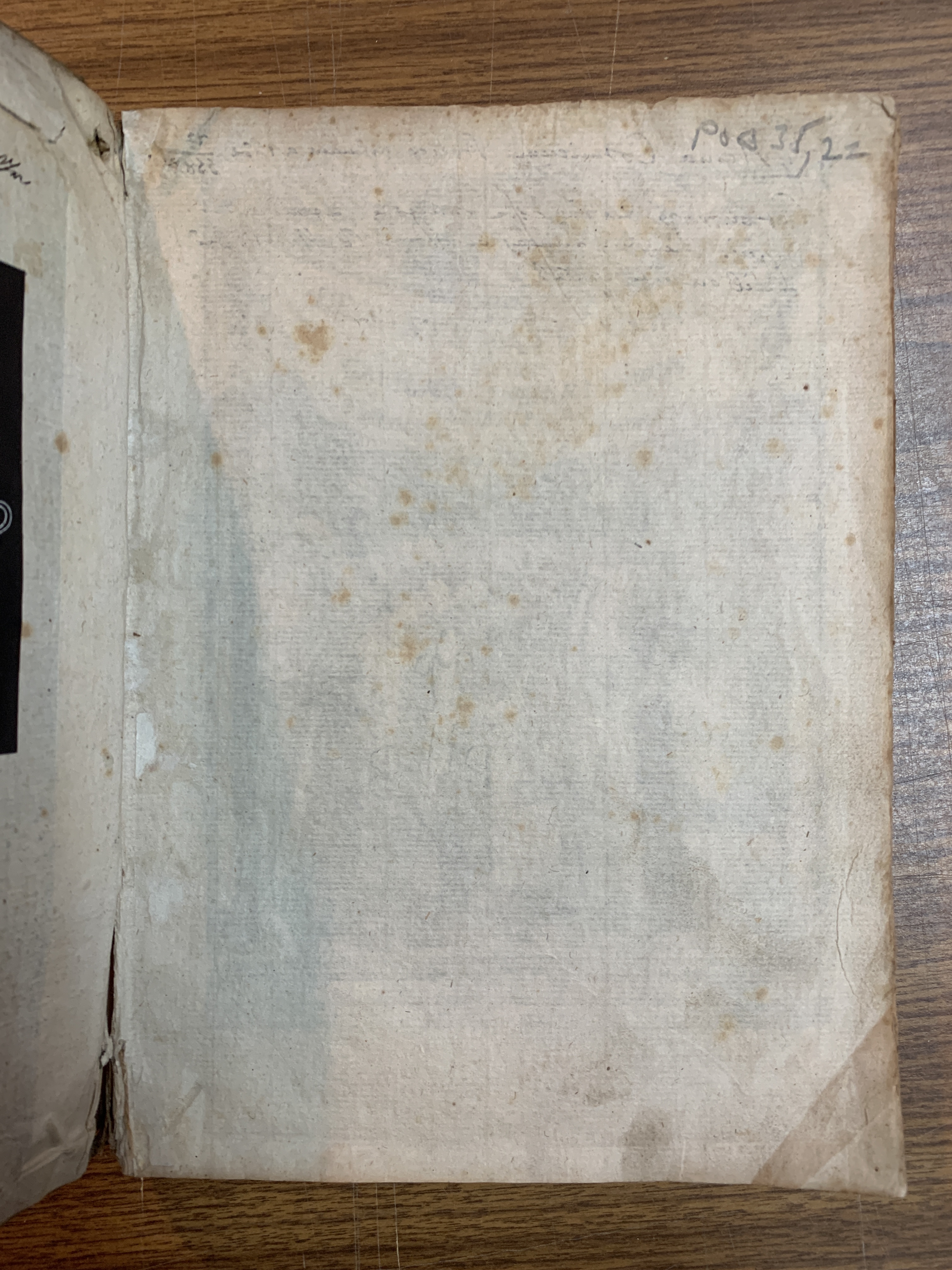
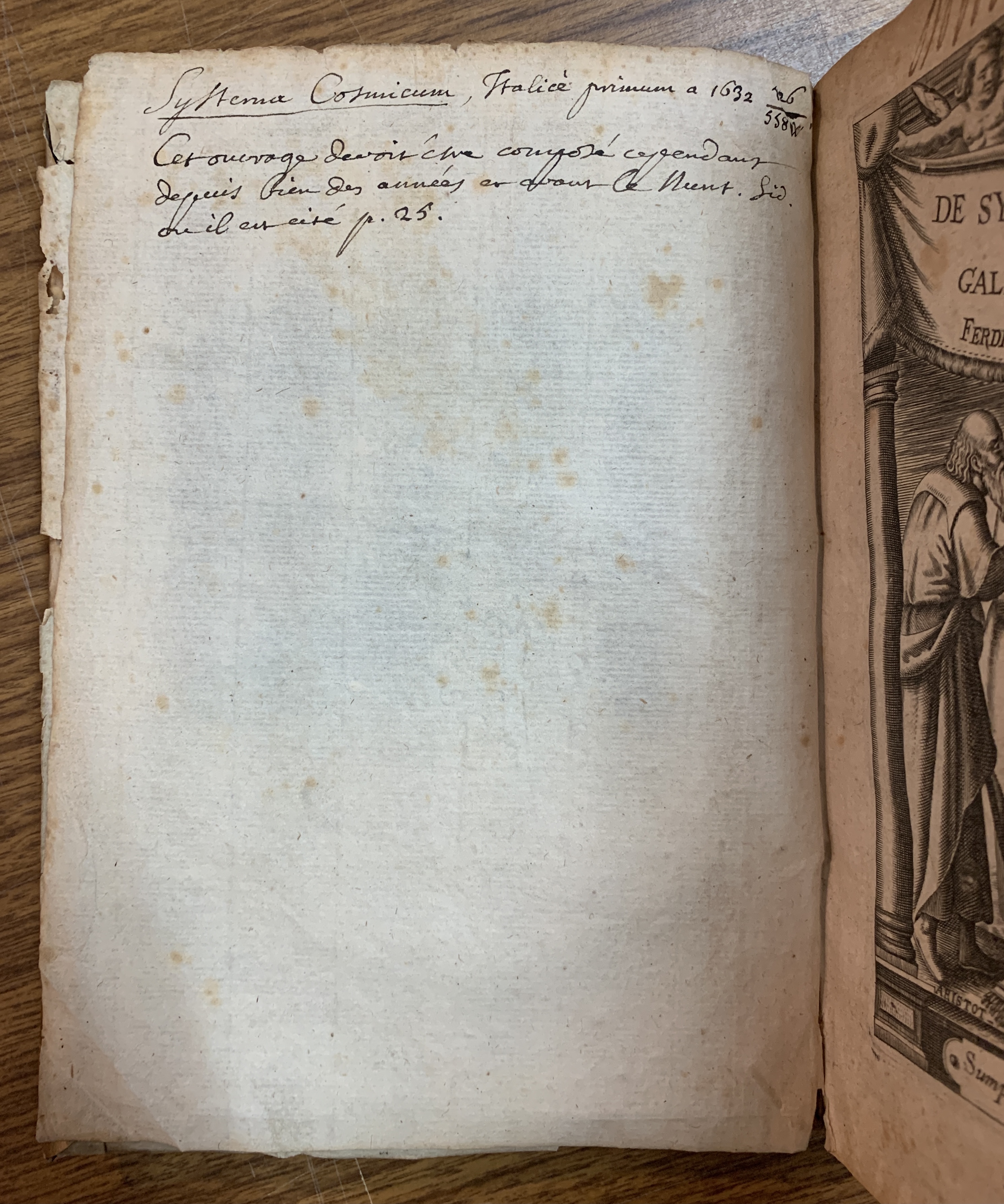
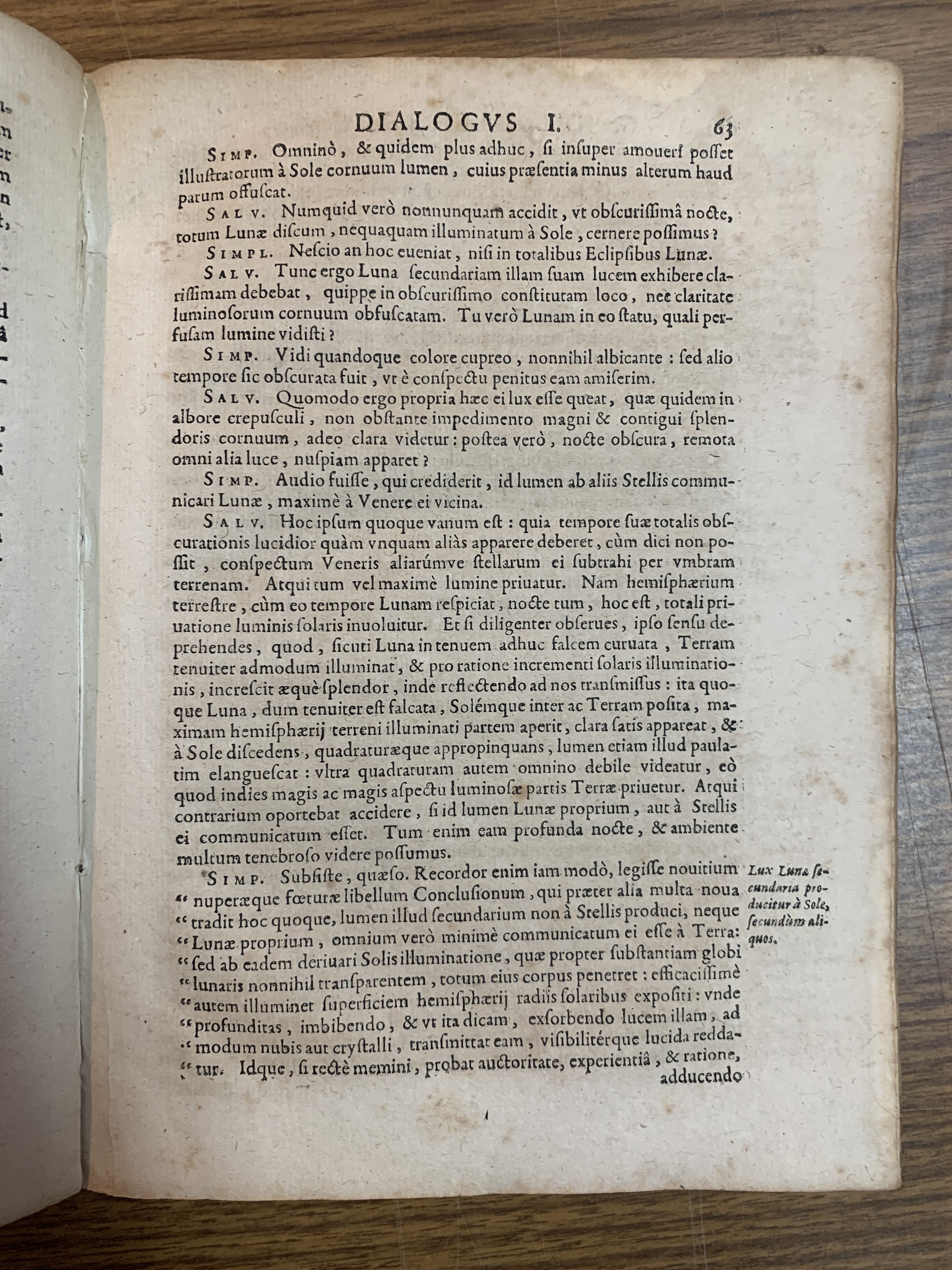
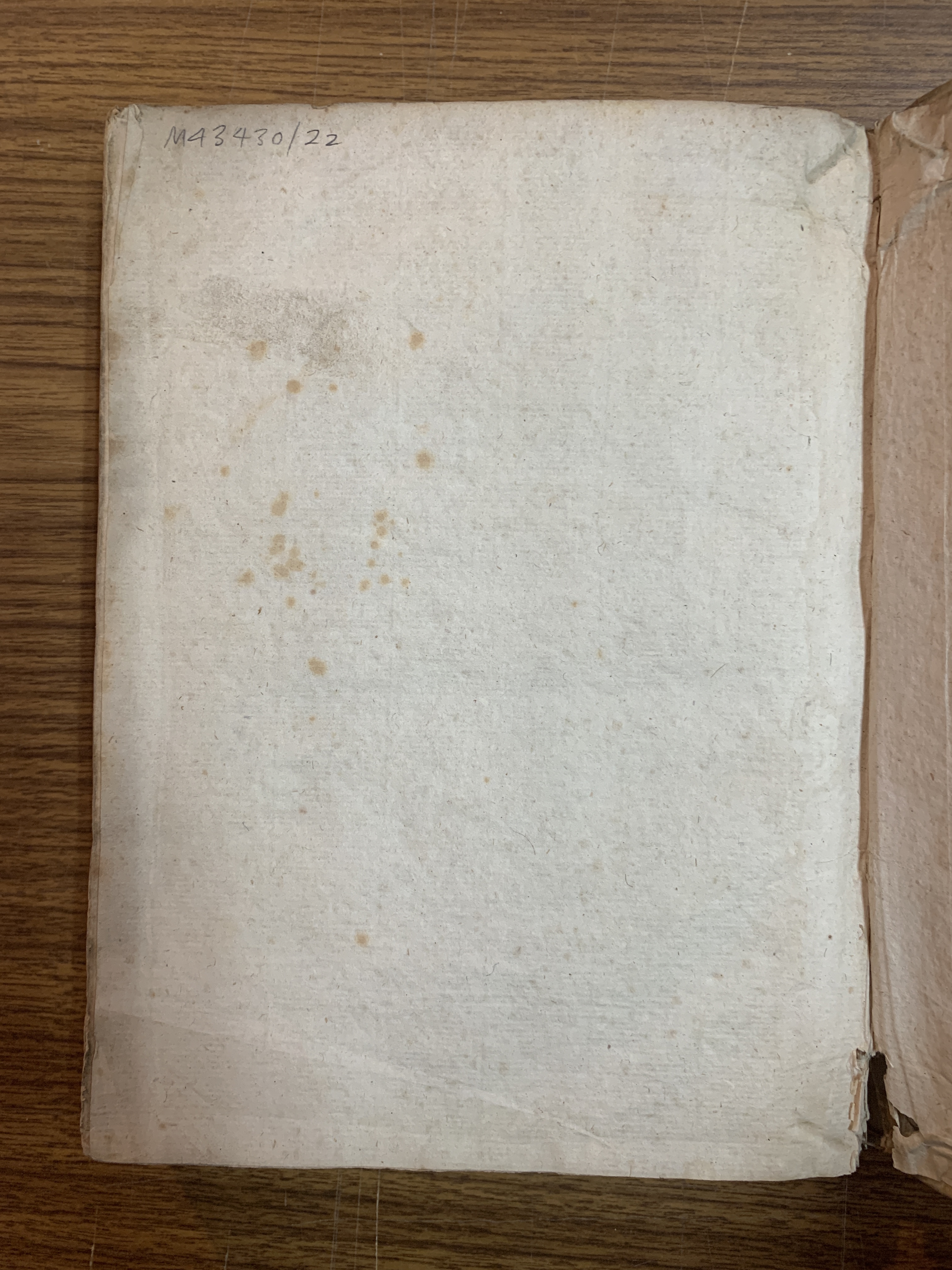
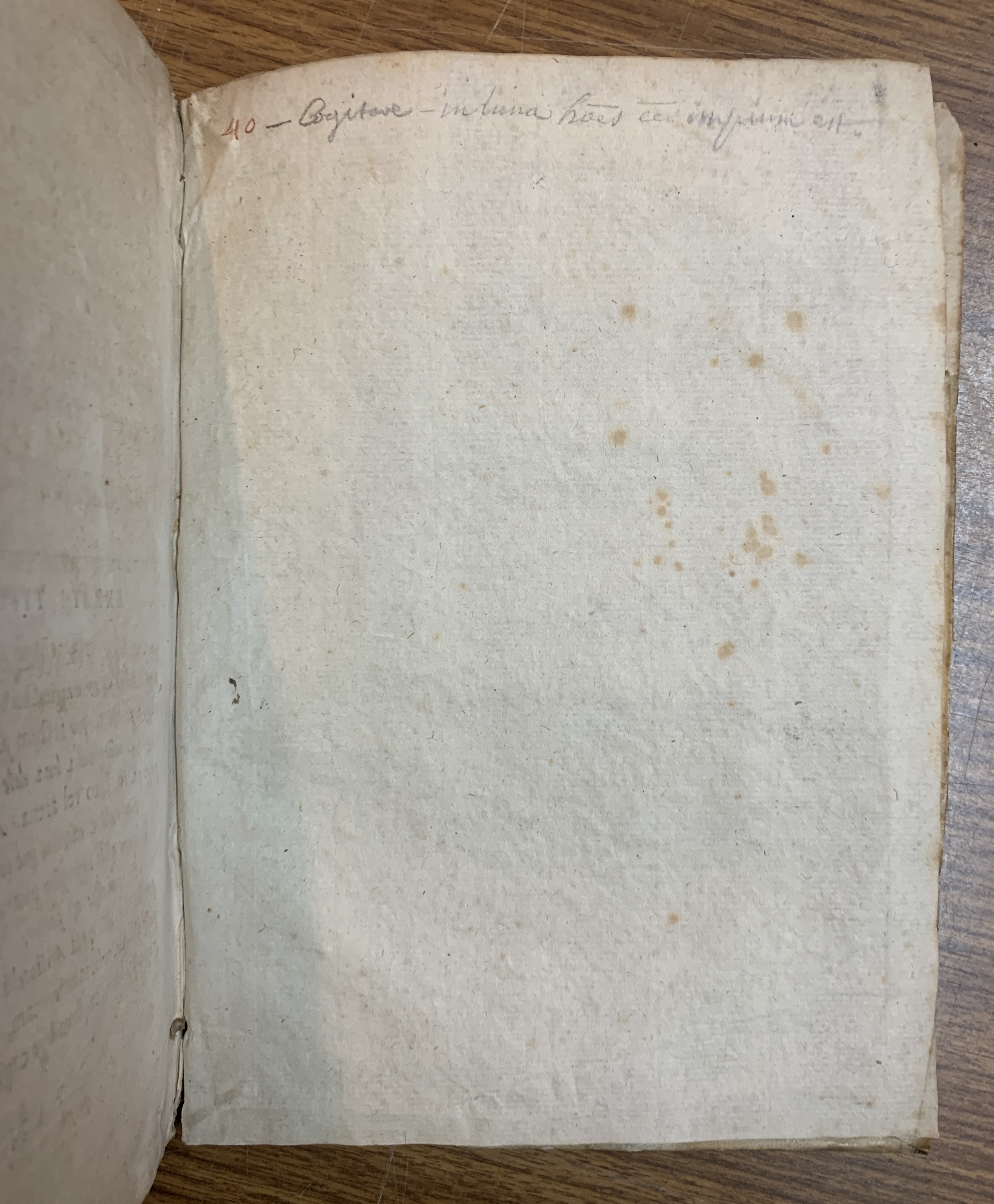
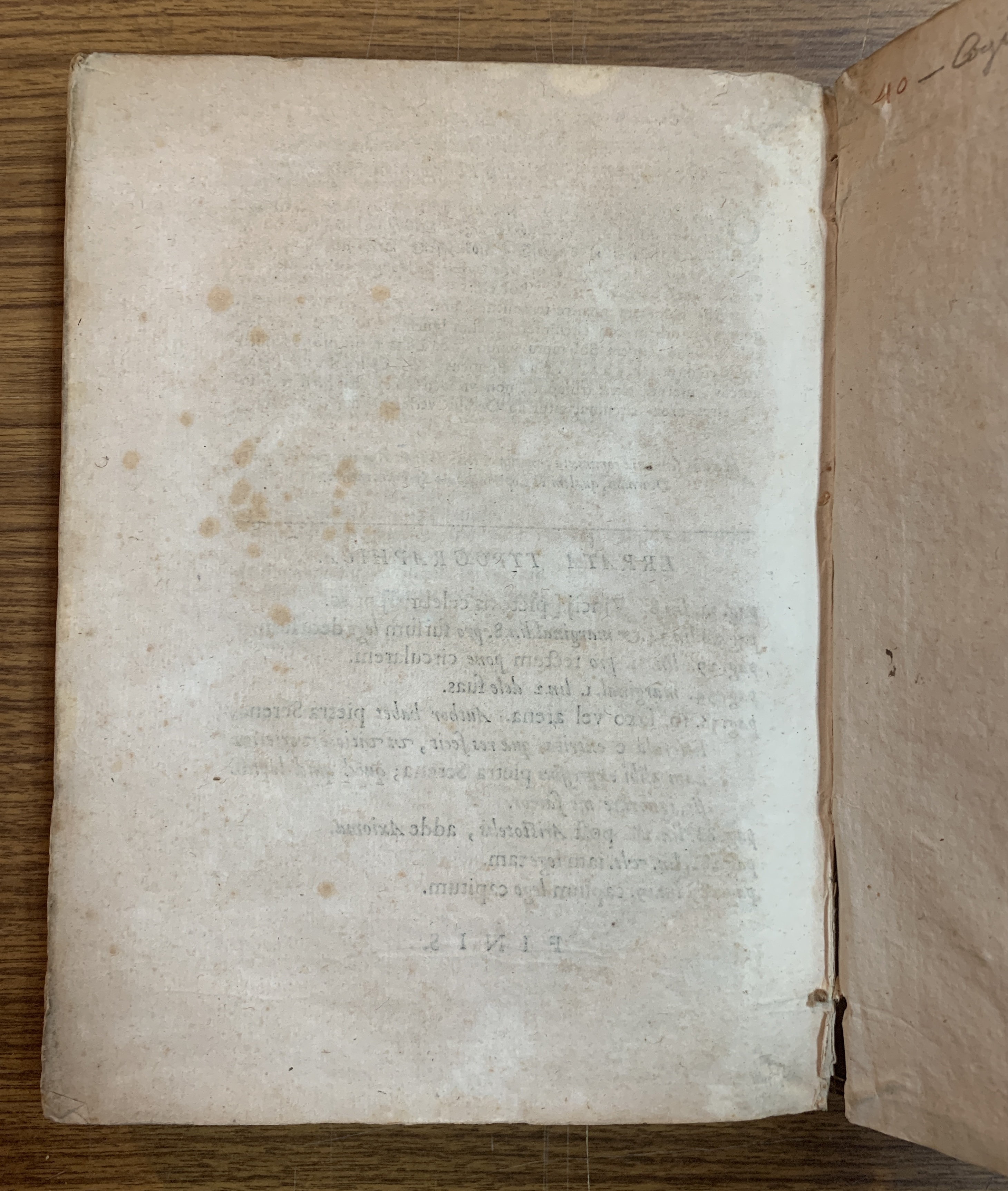
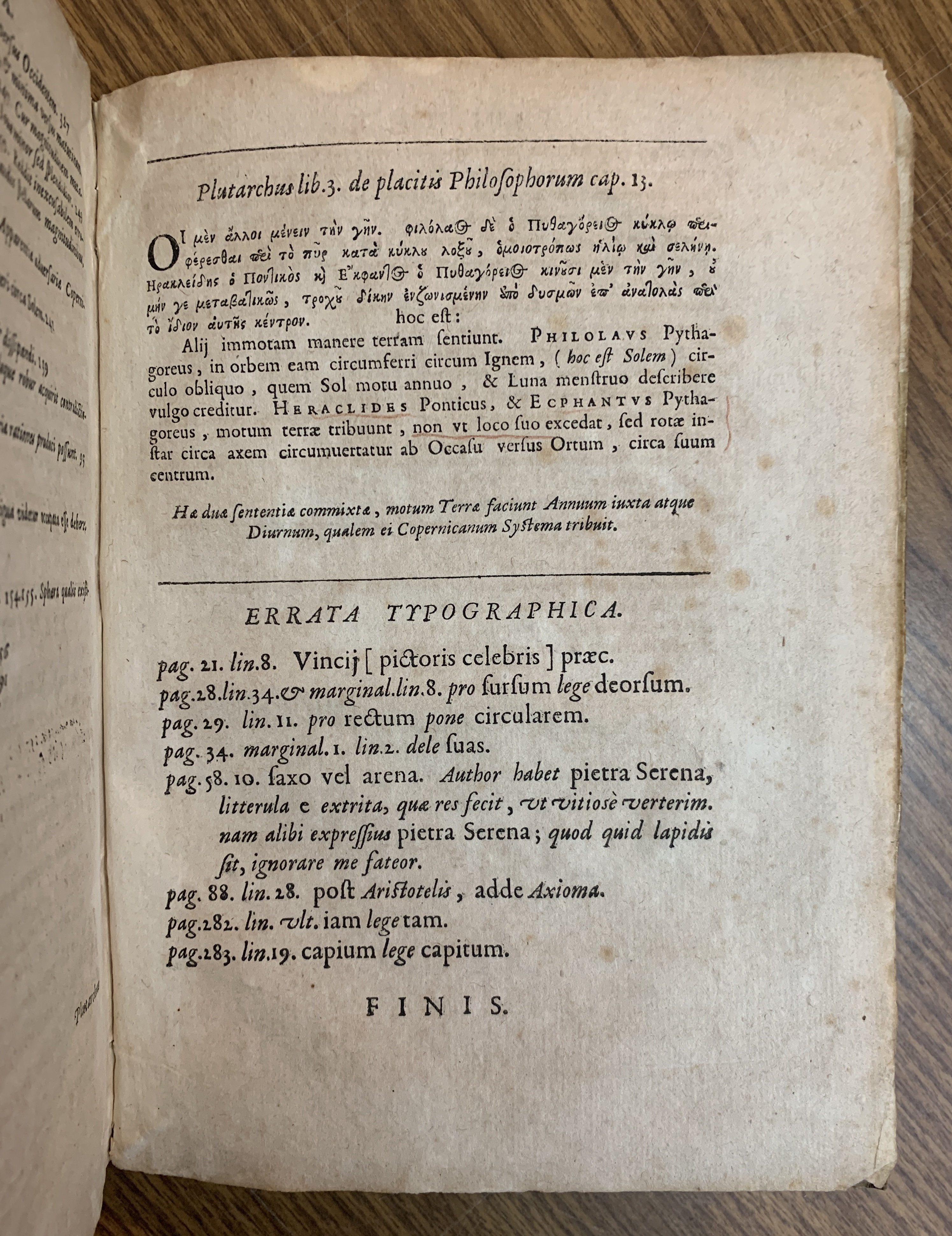
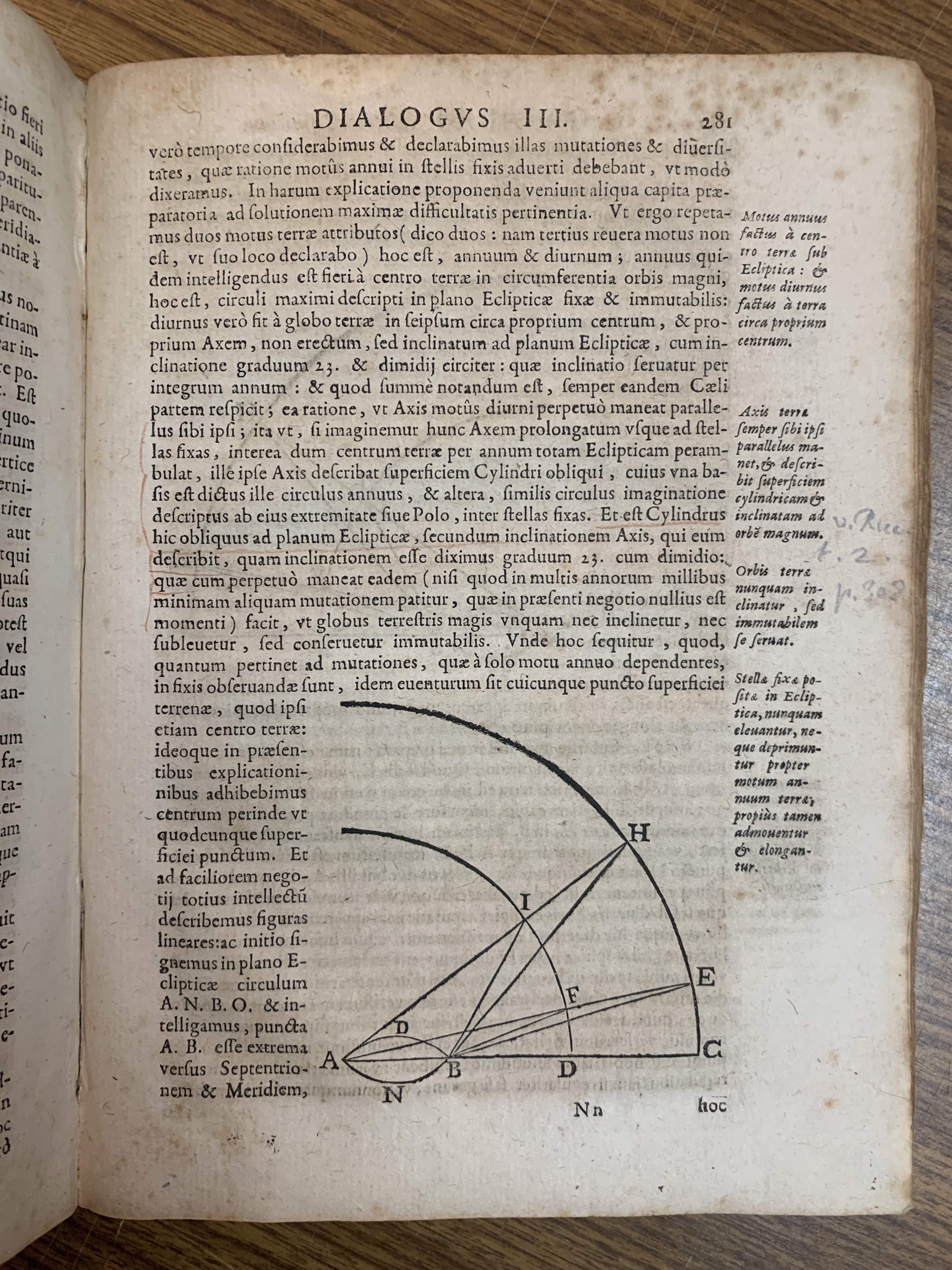
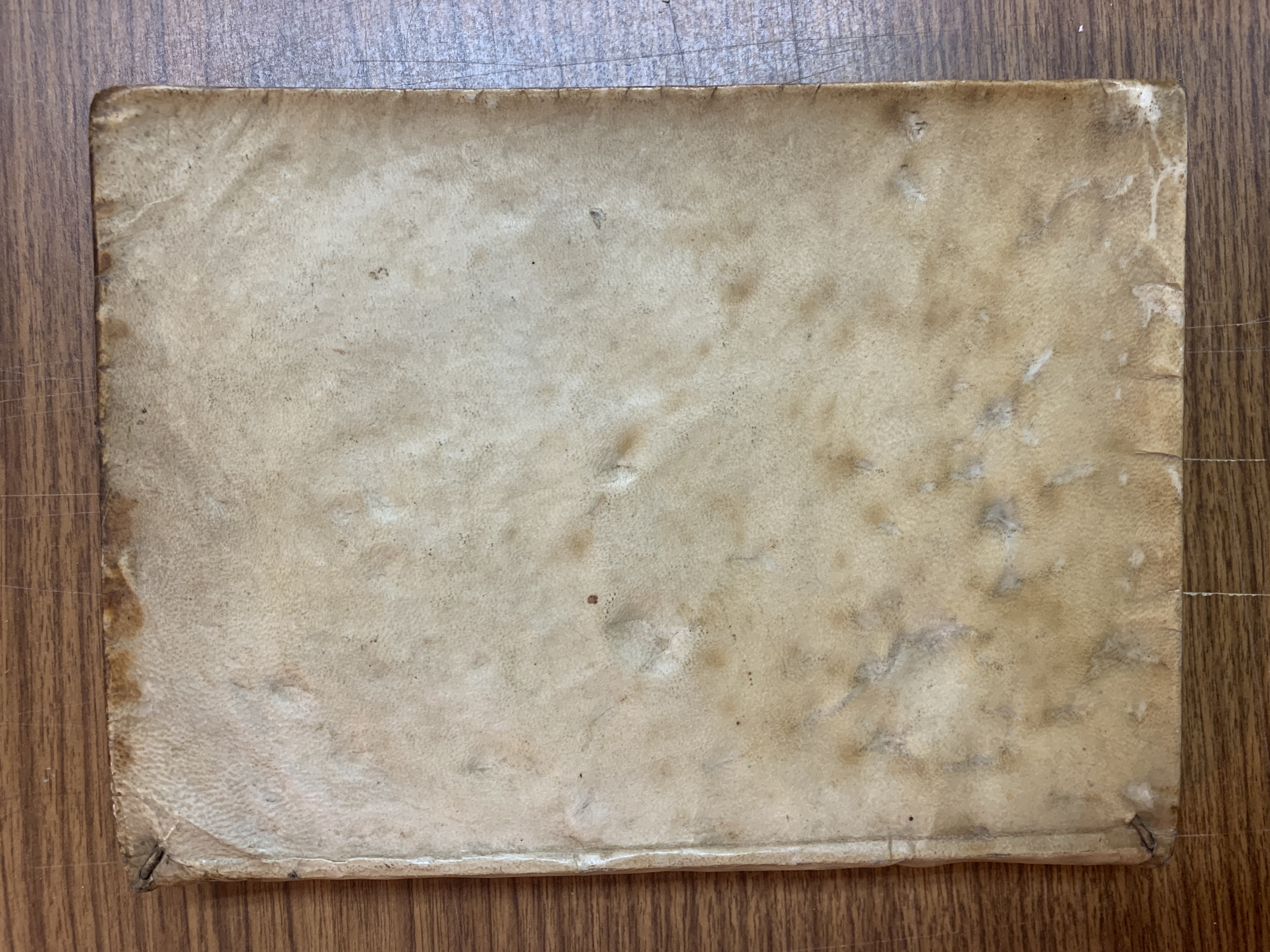
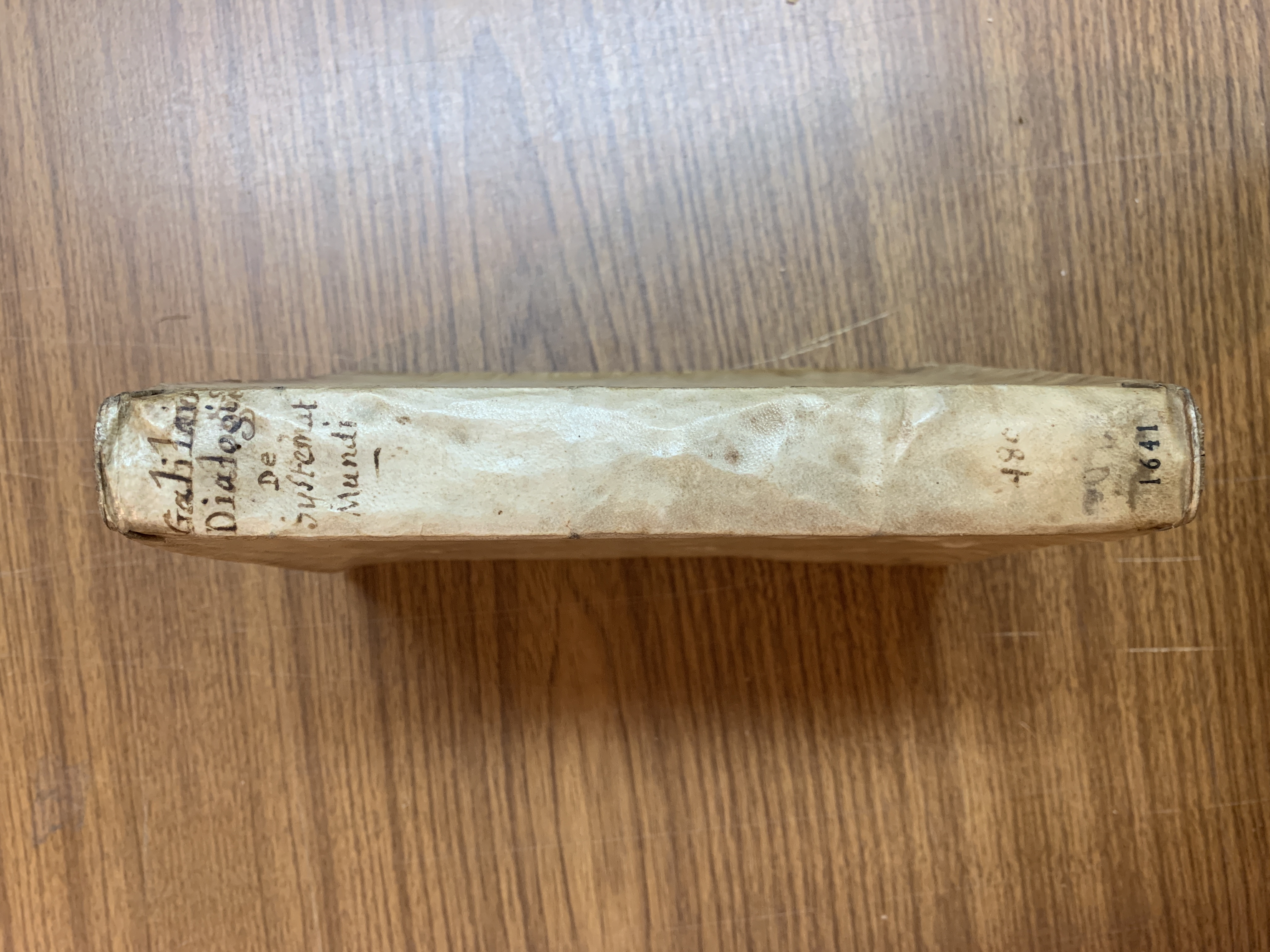








1 /
12














Sale 2563 - Lot 209
Estimate: $ 5,000 - $ 7,000
Galilei, Galileo (1564-1642)
Systema Cosmicum.
Lyon: Joannes Antonius Huguetan, 1641.
Second edition in Latin of Galileo's landmark Dialogus de Systemate Mundi, in quarto, *4-**4, A-Ddd4; illustrated with engraved title depicting an imagined dialogue between Aristotle, Ptolemy, and Copernicus; large engraved vignette on typographical title page; full-page engraved portrait of Galileo by Claude Audran; and text illustrations; ex libris French geophysicist, astronomer, and chronobiologist Jean-Jacques d'Ortous de Mairan (1678-1771), with his signature on both title pages; bound in contemporary limp parchment, some signatures browned, some spotting to contents; small name blind-embossed on engraved title (20th century); bookplate of Otto Orren Fisher inside front board, 9 x 6 1/2 in.
It was the publication of the present work that landed Galileo in hot water with the Holy See and into permanent house arrest until his death in 1642. The astronomer explores the relative merits of the heliocentric model in the form of a dialogue, as indicated by the title. Three characters present different viewpoints. Salviati is a heliocentric Copernican, Sagredo is neutral, and Simplicio is an adherent of the Aristotelian/Ptolemaeic system that places the earth at the center of the universe. The arguments are mathematical, complicated, and at times speculative. Galileo sketches out his important theory of inertial frame of reference, a concept that has held up over the centuries, and much of the work is prescient and accurate. As an early work, it also contains unresolved loose ends, keeping subsequent scientists and observers on the job.
Carli-Favaro 38, 180; Cinti 215, 109; Riccardi I 513.
Provenance: from the Stephen White Collection.
Systema Cosmicum.
Lyon: Joannes Antonius Huguetan, 1641.
Second edition in Latin of Galileo's landmark Dialogus de Systemate Mundi, in quarto, *4-**4, A-Ddd4; illustrated with engraved title depicting an imagined dialogue between Aristotle, Ptolemy, and Copernicus; large engraved vignette on typographical title page; full-page engraved portrait of Galileo by Claude Audran; and text illustrations; ex libris French geophysicist, astronomer, and chronobiologist Jean-Jacques d'Ortous de Mairan (1678-1771), with his signature on both title pages; bound in contemporary limp parchment, some signatures browned, some spotting to contents; small name blind-embossed on engraved title (20th century); bookplate of Otto Orren Fisher inside front board, 9 x 6 1/2 in.
It was the publication of the present work that landed Galileo in hot water with the Holy See and into permanent house arrest until his death in 1642. The astronomer explores the relative merits of the heliocentric model in the form of a dialogue, as indicated by the title. Three characters present different viewpoints. Salviati is a heliocentric Copernican, Sagredo is neutral, and Simplicio is an adherent of the Aristotelian/Ptolemaeic system that places the earth at the center of the universe. The arguments are mathematical, complicated, and at times speculative. Galileo sketches out his important theory of inertial frame of reference, a concept that has held up over the centuries, and much of the work is prescient and accurate. As an early work, it also contains unresolved loose ends, keeping subsequent scientists and observers on the job.
Carli-Favaro 38, 180; Cinti 215, 109; Riccardi I 513.
Provenance: from the Stephen White Collection.





